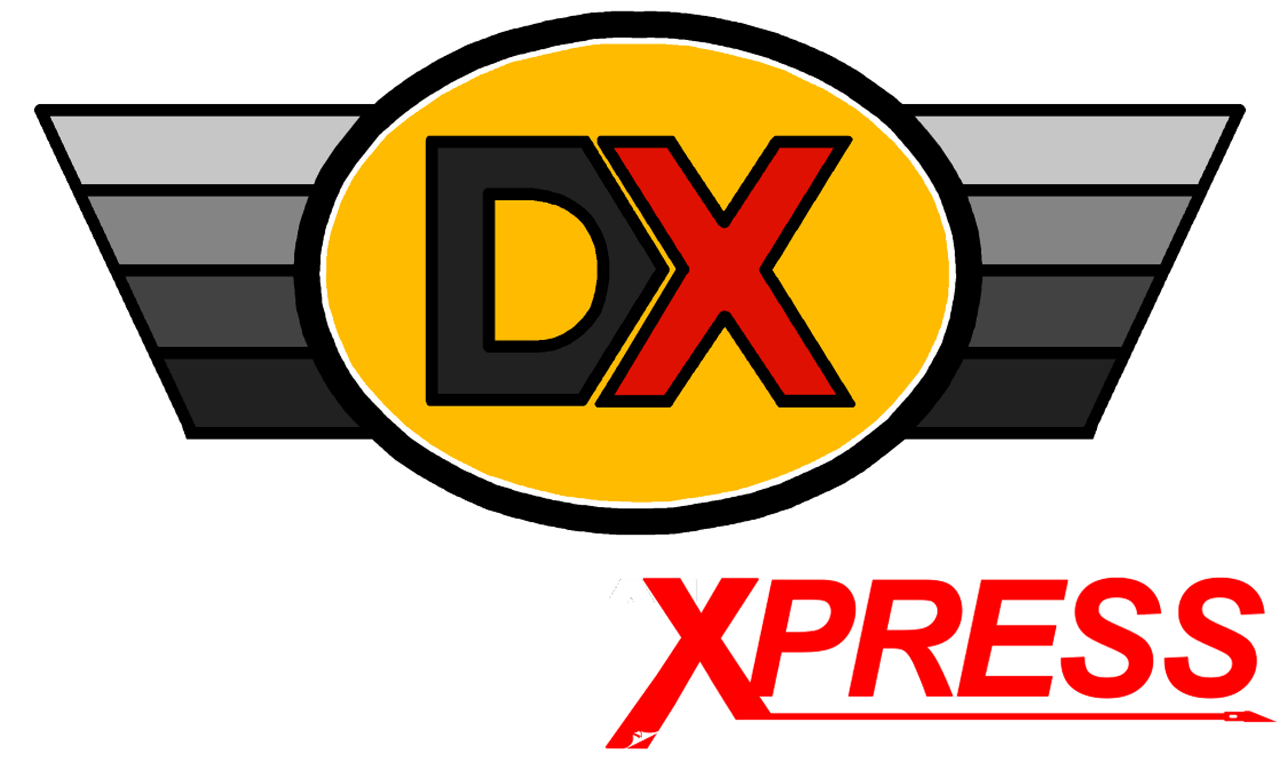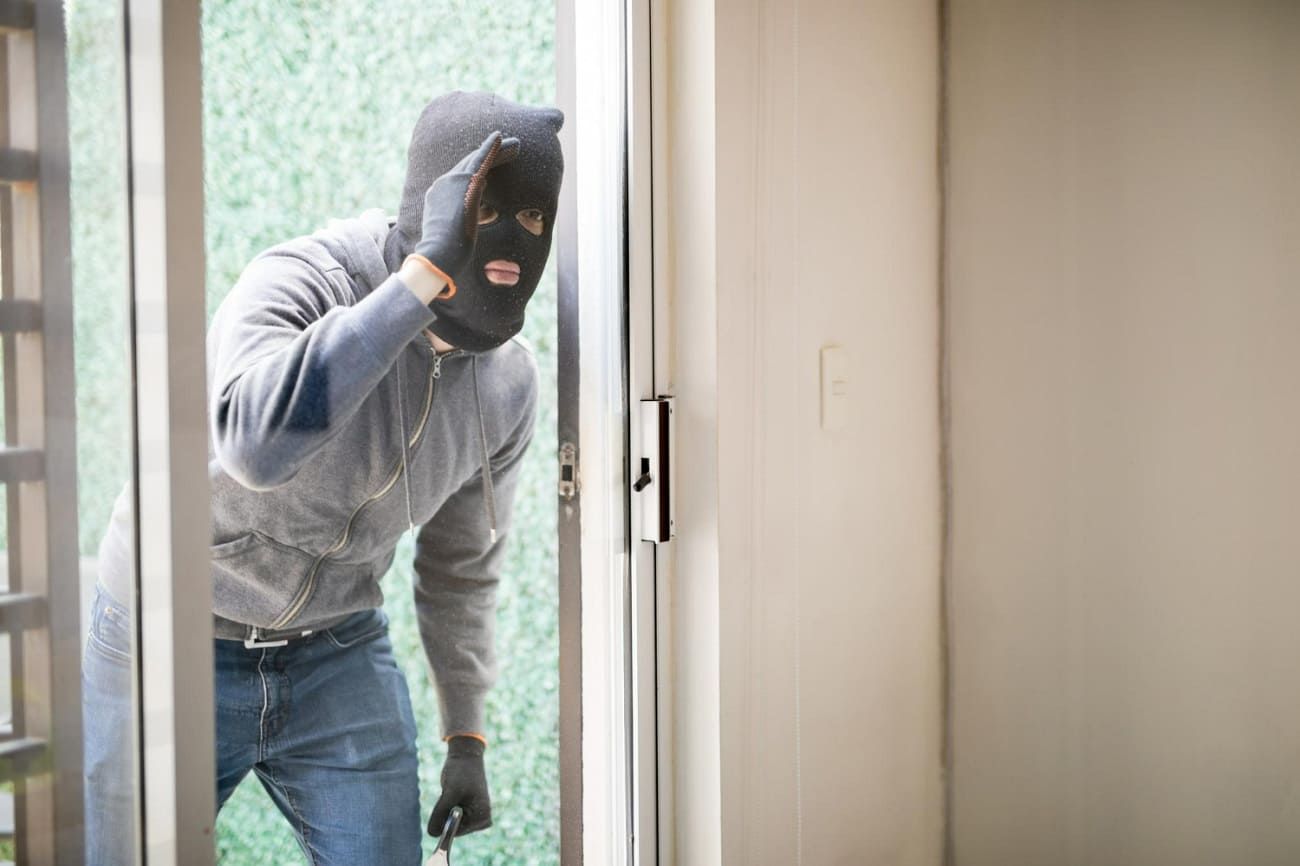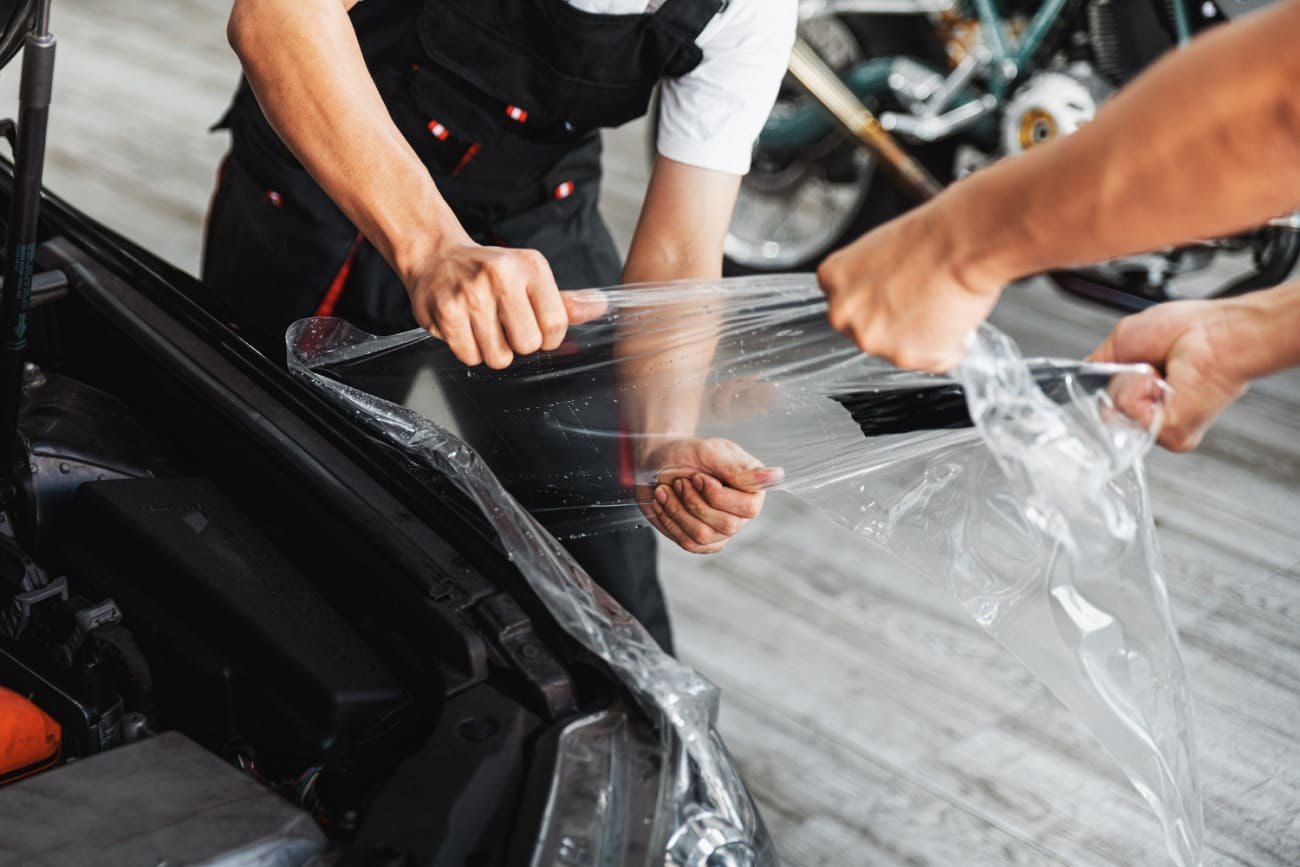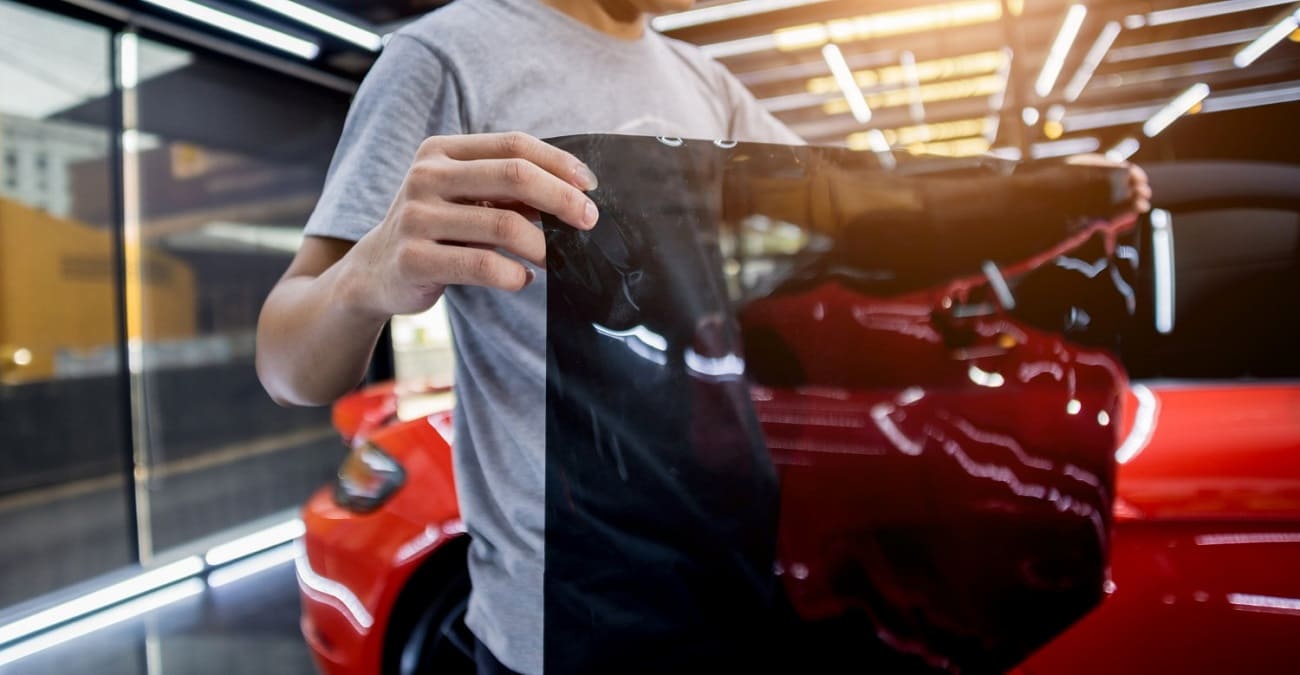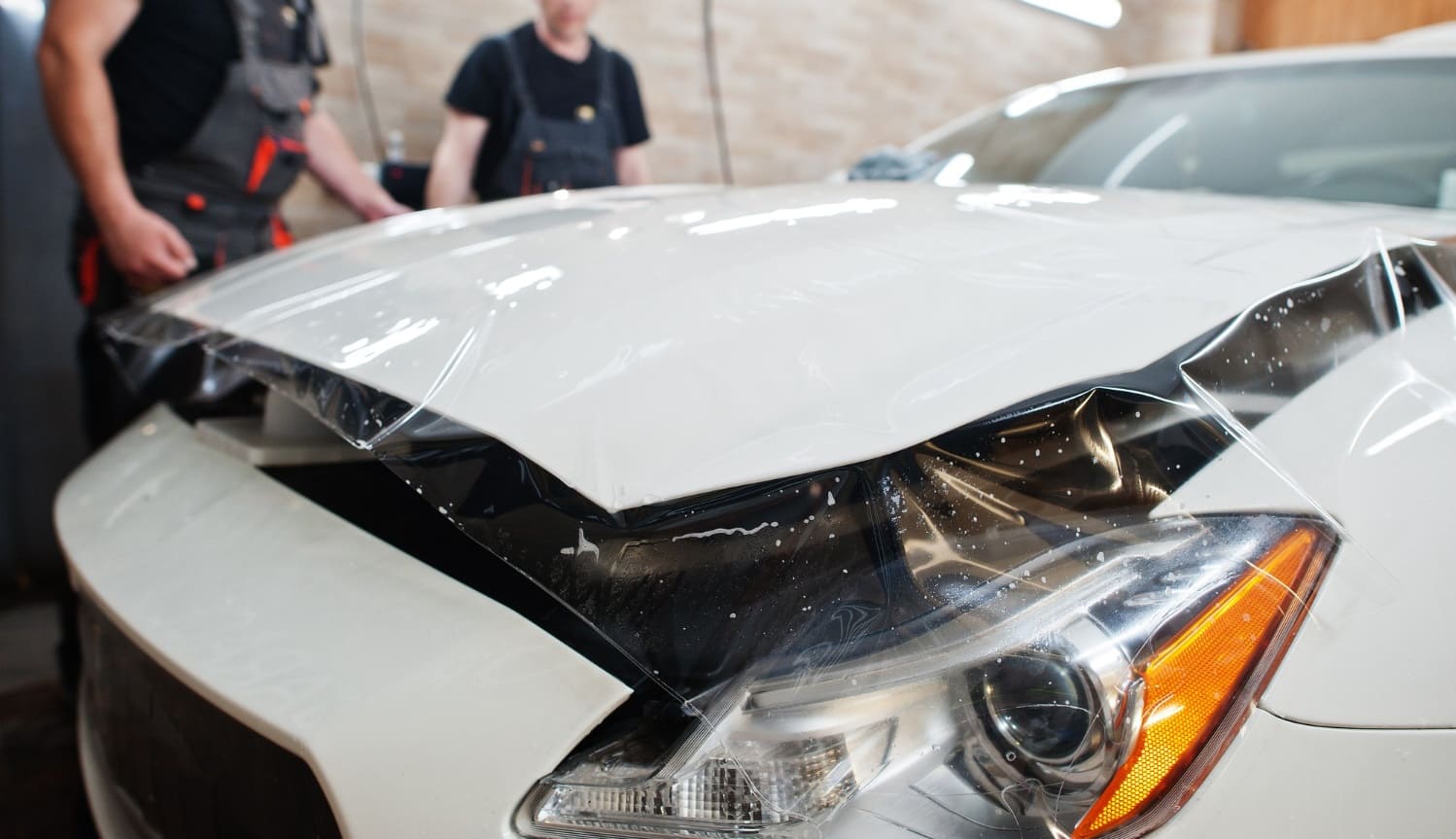What Is Paint Protection Film? A PPF Guide for Car Owners
Paint protection film (PPF) is an excellent investment for your car. But what is paint protection film, exactly? Find out in this guide!
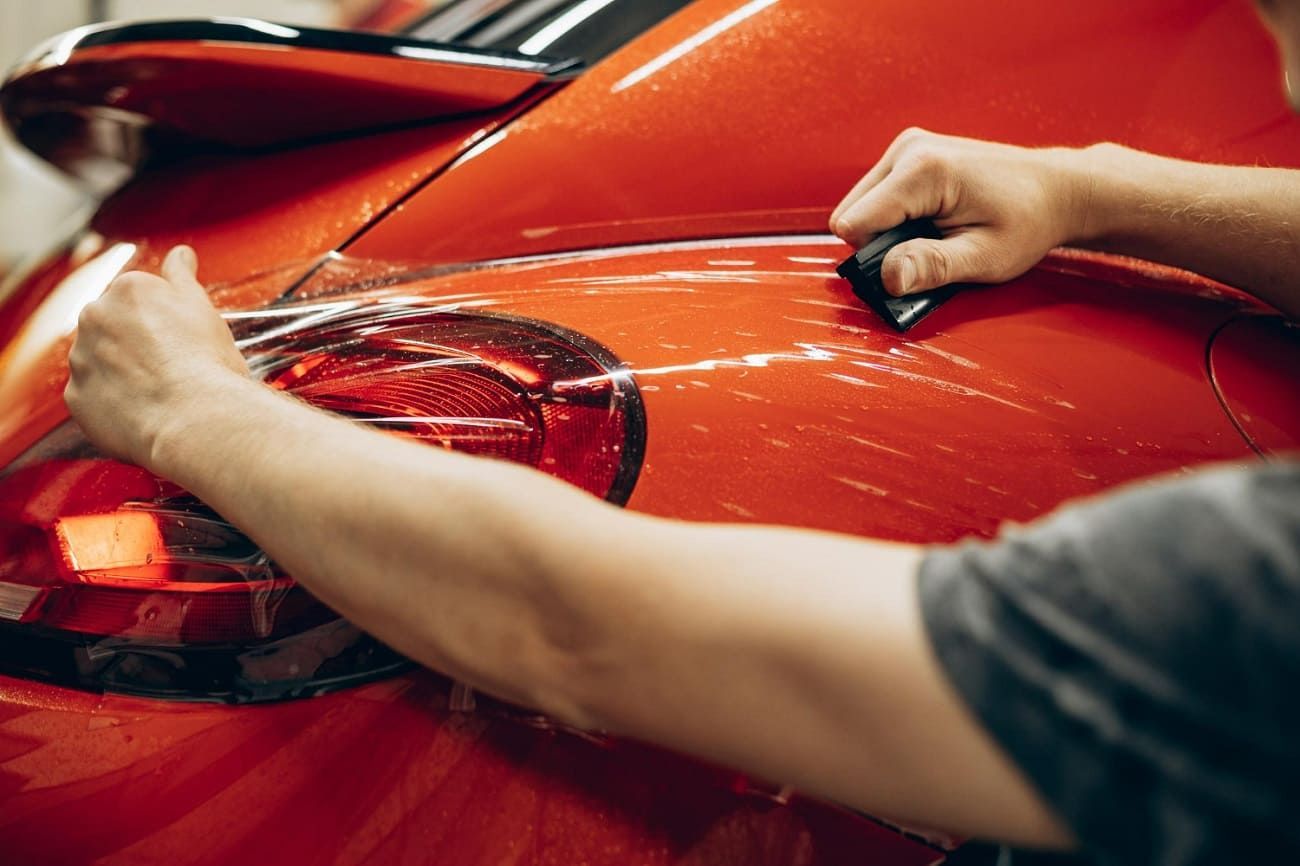
Everyone knows a car depreciates the second you drive it off the lot, but it's the slow wear and tear over time that really damages your resale value. Chips and abrasions from roadside debris can invite rust and corrosion, and fading from the sun can age a car fast. Worse, a quality paint job to cover the damage will cost between $1,000 and $3,500 on average.
That's where paint protection film can help. As the name suggests, this covering can preserve your car's paint and keep your ride looking good as new.
If you're wondering, "What is paint protection film, and why should I try it?" we're here to explain! Let's take a look at how this cosmetic protection can help improve the look of your vehicle.
What Is Paint Protection Film?
Car paint protection film (PPF) is a thin, urethane-based barrier that covers a vehicle's exterior surface. It's designed to protect a car from superficial damage.
You may have heard of PPF under a different name. "Clear bra," "clear film," and "clear wrap" are all common synonyms, though you'll want to keep in mind that "vinyl wrap" is a different product.
The point of PPF is to minimize the effect of rocks, gravel, and other road debris that hit your car as you drive. This, in turn, can protect your paint from dings, scratches, and chips, and it can protect your wallet from expensive repairs!
The strength of car PPF comes from its polymer makeup. Urethane is durable and flexible with hydrophobic properties. It's also resistant to chemical erosion and UV damage.
Even better, PPF is often self-healing, meaning that it's flexible enough to recover from minor abrasions. This allows it to absorb the force of an impact while saving the paint underneath.
Who Uses Paint Protection Film?
PPF has a history of use in industries prone to high levels of vehicle damage.
Researchers first developed paint protection film during the Vietnam War. The durable, lightweight urethane layer helped protect helicopter rotors from shrapnel blasts and other damage, a benefit that major modern manufacturers continue to offer. By the 1980s, professional race teams began to use PPF to protect cars from flying debris along the track, and the automotive industry as a whole followed suit.
Today, we use PPF for a huge range of vehicles, from airplanes to RVs to cars and motorcycles. It's also a common form of protection for the screens of cell phones and other devices.
The Benefits of Paint Protection Film
As stated above, the primary benefit of PPF is that it protects your paint from debris and minor scrapes. The urethane can even protect your ride from organic debris like bird droppings and tree sap. Thanks to its UV protection, it can also keep your paint job from fading as fast.
In addition, PPF can improve the look of your ride by creating an enhanced finish. This finish can be transparent or tinted, depending on your preferences.
PPF is also easy to repair or replace. With a bit of heat, the urethane will heal itself without any extra cost. If the protective layer takes too much damage, a dealer can replace it and reapply a new layer with little trouble.
If you're hoping to maintain your ride's resale value, PPF can be a great choice. With a preserved paint job, you may be able to sell your car for a higher price tag down the line.
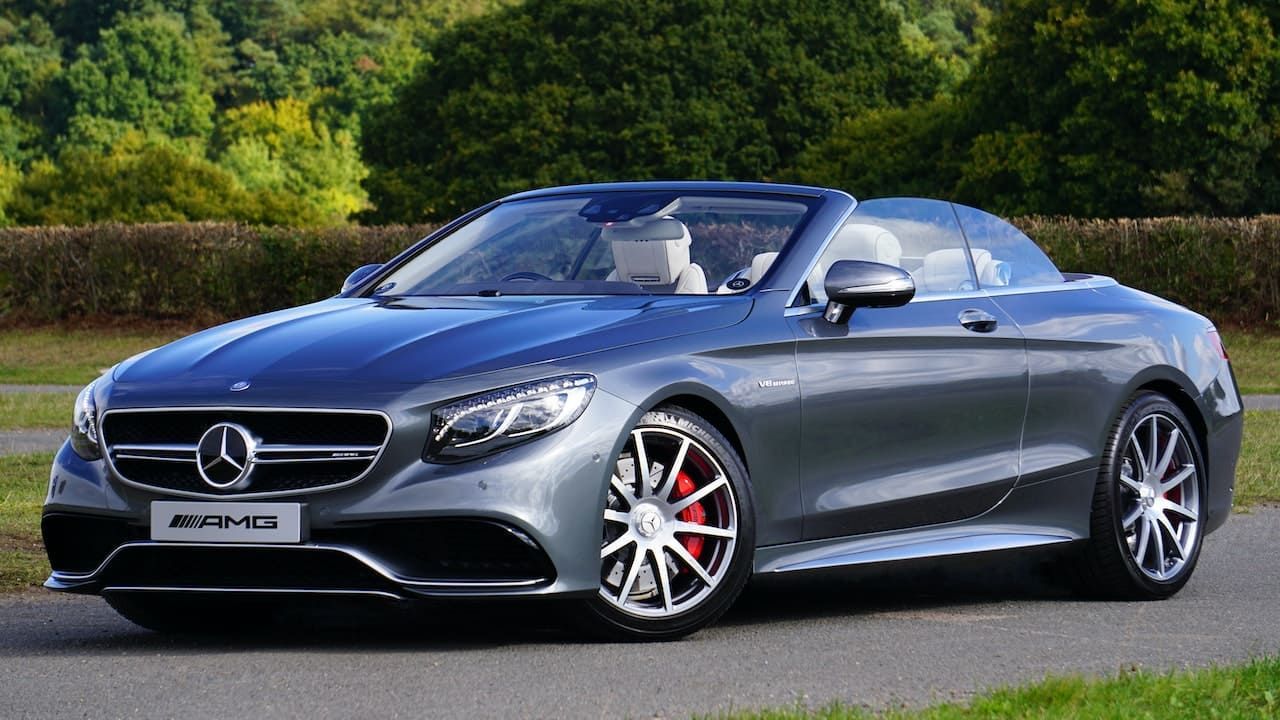
Installing Paint Protection Film
The process of installing PPF can be difficult and time-consuming, which is why it's always a good idea to leave the job to professional PPF installers. These detailing experts can ensure that the unwieldy material conforms well to the shape of your car.
First, your PPF installers will clean and decontaminate the car. Any dirt, grease, or residue left on the car can affect the installation, making it hard for the film to bond with the surface.
They'll leave a layer of soapy water on the surface of the car. This layer makes it easier to reposition the film as needed during the application process.
The installers will then lay the PPF layer across the panels of your car, removing bubbles as they go. Once they have each section of the PPF where they want it, they'll use tools like squeegees to push the soapy water out from under the PPF. This locks the film in place.
With the film ready to go, the installers will trim away any excess material. They may also use a special solution to ensure that the film adheres to any tricky or complicated details of your car.
Though the PPF will adhere to your car right away, experts recommend leaving your ride in the shop for 48-72 hours afterward. This can help the film to cure, ensuring complete adhesion.
How to Maintain Paint Protection Film
Maintaining your PPF isn't hard. All you'll need is soap and water to clean away dirt.
However, you should avoid using harsh detergents, abrasive cleaners, or high-pressure water. You can use waxes or special coatings on the car as normal.
As you maintain your ride, be sure to inspect it for signs of chips or scratches. As we've stated above, your PPF can often recover from minor damage. However, if you notice that something has caused significant damage to your PPF layer, you'll want to return to your dealer to replace that section of the film and protect your paint.
Get Paint Protection Film in Seattle
Now that you've stopped wondering, "What is paint protection film?" it's time to protect your ride! PPF is a great way to add an extra layer of defense to your paint while improving your car's overall finish.
If you've already started searching "paint protection film near me," look no further. Our expert installers have experience fitting PPF to a huge range of makes and models throughout the Auburn area, and we'd be happy to help protect your ride. To learn more, call Dealer Xpress Window Tinting at (253) 288-1195 or contact us online for a free estimate.
